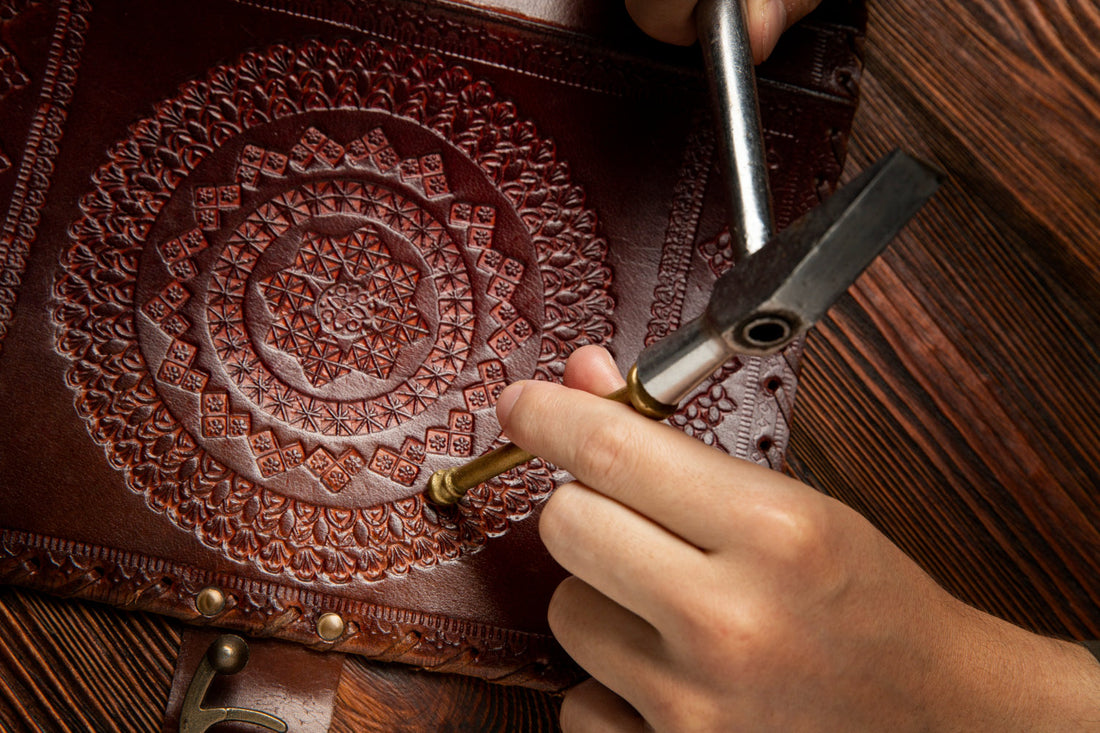
What is the best material for an urn?
Share
Why Material Matters for a Cremation Urn
When choosing a cremation urn, design and size are important—but the material of the urn plays the biggest role in durability, preservation, and style. Families often wonder:
- What is the best material for an urn?
- What type of urn lasts the longest?
- How long do human ashes last in an urn?
This guide answers these questions and explores the best urn materials to help you select the right one for your loved one’s memorial.
What Is the Best Material for an Urn?
The “best” material depends on where and how the urn will be used. For example:
- Indoor display urns benefit from materials like wood or ceramic, which are elegant but need protection from moisture.
- Burial urns or outdoor memorials require stone or metal urns that resist weather and last for generations.
- Portable keepsake urns often use metal or brass for secure transport.
In short, the best material balances durability, beauty, and purpose.
Different Materials for Cremation Urns
1. Metal Urns (Aluminum, Brass, Bronze, Stainless Steel)
Metal urns are among the most popular and durable options.
Benefits:
- Extremely long-lasting
- Resistant to corrosion (especially brass & bronze)
- Secure lid closures for ashes
- Wide variety of finishes—polished, engraved, painted
Best for: Indoor display, burial vaults, and long-term storage.
2. Wooden Urns (Oak, Maple, Mahogany, Rosewood)
Wooden urns provide a natural, warm, and timeless look.
Benefits:
-
Unique wood grain patterns for one-of-a-kind designs
-
Can be engraved or customized
-
Eco-friendly for green burials (biodegradable types available)
Best for: Indoor memorials and personalized urns.
Note: Wood does not withstand moisture well, so it should not be kept outdoors without protection.
3. Stone Urns (Marble, Granite, Onyx)
For those who value permanence, stone urns are one of the strongest choices.
Benefits:
- Highly durable—can last forever
- Elegant, natural beauty
- Resistant to water, fire, and decay
Best for: Mausoleums, columbariums, and permanent displays.
If you ask “What type of urn lasts the longest?” the answer is usually stone urns like marble or granite.
4. Ceramic Urns
Ceramic urns have been used for centuries and remain popular for their artistry.
Benefits:
- Beautiful handcrafted designs
- Wide variety of glazes and colors
- Affordable and decorative
Best for: Indoor display or memorial shelves.
Downside: Ceramic is fragile and can break if dropped.
5. Glass & Crystal Urns
For families who want something artistic, glass and crystal urns are stunning.
Benefits:
- Unique designs—often hand-blown or engraved
- Reflect light beautifully
- Can be infused with ashes into art glass
Best for: Indoor display as a decorative centerpiece.
Fragile and not suitable for outdoor use.
6. Biodegradable Urns (Paper, Sand, Salt, Bamboo)
For eco-conscious families, biodegradable urns are designed to return ashes to nature.
Benefits:
- Environmentally friendly
- Break down naturally in soil or water
- Available in unique shapes like leaves, hearts, or turtles
Best for: Green burials, scattering ceremonies, or water burials.
Perfect for families searching for “eco urns” or “green memorial products.”
What Type of Urn Lasts the Longest?
The durability of an urn depends on the material:
- Stone urns (marble, granite) → Last indefinitely, even thousands of years.
- Metal urns (bronze, brass, stainless steel) → Can last centuries indoors or when buried in vaults.
- Wood urns → Last decades to centuries if kept dry indoors.
- Ceramic/glass urns → Can last forever indoors but fragile if dropped.
- Biodegradable urns → Designed to last weeks to months depending on environment.
For families asking “what type of urn lasts the longest?” — stone or metal urns are the top choice.
How Long Do Human Ashes Last in an Urn?
Human ashes (cremains) are made of bone fragments, which are inorganic and do not decompose. This means:
- Indoors in a secure urn: Ashes can last forever.
- Buried in the ground without protection: Ashes may mix with soil within 20–50 years.
- In biodegradable urns: Ashes will be naturally released within weeks to months.
So, if you’re wondering “how long do human ashes last in an urn?” the answer is indefinitely, as long as the urn material is durable and stored properly.
Choosing the Right Urn Material
- When deciding on the best cremation urn, ask yourself:
- Where will the urn be kept? Indoors, outdoors, buried, or displayed?
- Do you want long-term preservation? Stone and metal are best.
- Do you prefer eco-friendly options? Biodegradable urns are perfect.
- Do you want artistry and design? Ceramic, glass, and wood offer customization.
- Will it be portable? Metal and wooden urns are secure for transport.
FAQs About Urn Materials
1. What is the best material for an urn?
The best material depends on purpose. Metal and stone urns are the most durable, while wood, ceramic, and glass offer beauty. For eco-conscious families, biodegradable urns are ideal.
2. What type of urn lasts the longest?
Stone urns (granite or marble) last the longest, followed closely by bronze and brass urns.
3. How long do human ashes last in an urn?
Ashes last forever indoors if properly stored. Outdoors, durability depends on the urn material.
4. Are biodegradable urns good for water burials?
Yes. Salt and sand urns are specifically made to dissolve in water during ceremonies.
5. Can urns be personalized?
Absolutely. Wood, metal, and glass urns can be engraved or custom-designed.
Conclusion: Finding the Best Material for Lasting Tributes
The right cremation urn ensures your loved one’s memory is preserved with dignity. If durability is your main concern, stone and metal urns last the longest. If beauty or eco-friendliness matters more, wood, ceramic, glass, or biodegradable urns are excellent choices.
When asking “what is the best material for an urn” or “how long do ashes last in an urn”, remember: it’s not just about endurance—it’s about honoring your loved one in a way that feels personal and meaningful.
